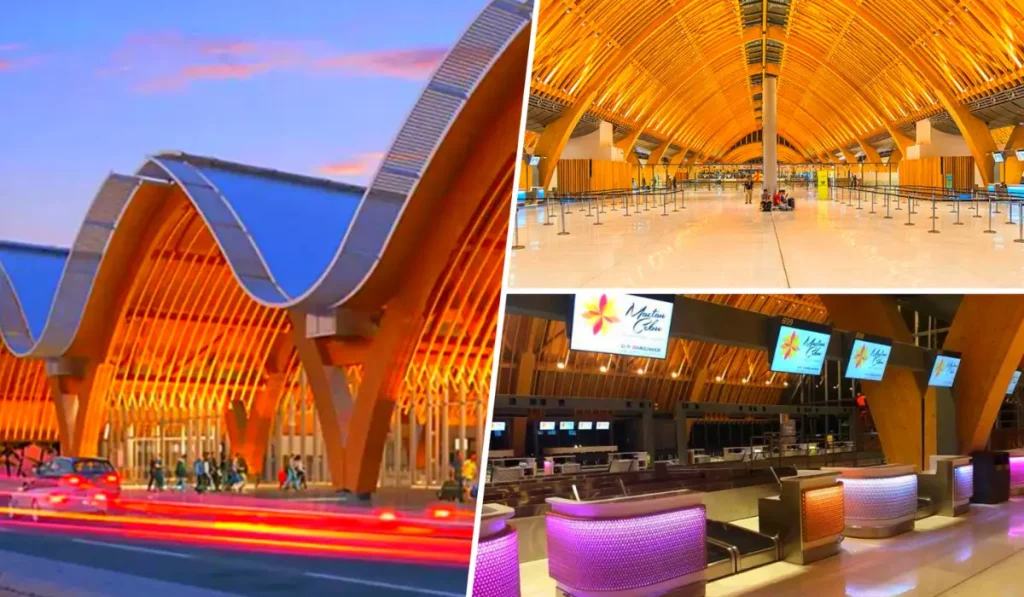Cebu’s Cultural Heritage: Preservation Efforts
Cebu is more than beaches and modern growth.
It carries a rich cultural past.
Heritage buildings, ancestral homes, and traditions shape its story.
But how does Cebu keep this heritage alive?
What efforts ensure future generations still see it?
Let’s look at the preservation work happening today.
Why Heritage Matters
Heritage connects you to your roots.
Old churches, streets, and homes reflect Cebu’s history.
Preserving them protects identity.
Think about your own town.
If its landmarks were gone, would the place still feel like home?
Government Efforts
The local government plays a big role.
Cebu City and nearby towns have heritage ordinances.
These laws protect structures from demolition.
Heritage boards assess which buildings need preservation.
Examples:
Fort San Pedro repairs to stop structural damage.
Basilica Minore del Santo Niño maintenance funded by local and church authorities.
Without these actions, many sites would have disappeared.
Church Involvement
The Catholic Church owns some of Cebu’s most important heritage sites.
Basilica del Santo Niño remains a key landmark.
Many Spanish-era churches undergo restoration projects.
The church not only restores buildings.
It also keeps religious festivals alive, like the Sinulog.
This keeps culture active, not just preserved in stone.
Community-Driven Actions
Ordinary citizens also contribute.
Local groups campaign to save heritage homes.
Youth volunteers help clean old cemeteries and plazas.
Cultural associations record oral traditions and dances.
When people care, preservation becomes sustainable.
Private Sector Role
Businesses also join preservation work.
Old ancestral homes turn into cafes or museums.
Developers adapt heritage houses into hotels.
Partnerships with heritage groups fund conservation.
This mix of business and culture helps sites survive financially.
Schools and Education
Education spreads awareness.
Schools in Cebu include heritage lessons.
Students join cultural tours and site visits.
University groups document old traditions.
When the youth learn early, they value heritage more.
Challenges Cebu Faces
Preservation is not easy.
Rapid urban growth threatens heritage zones.
Developers push for malls and high-rises.
Funding for restoration is limited.
Some owners prefer selling old houses rather than restoring them.
Ask yourself:
Would you save an old home if repairs cost more than selling?
This is the tough balance Cebu faces.
Success Stories
Not all is lost.
Casa Gorordo Museum shows how an old house can live on.
Yap-Sandiego Ancestral House became a cultural site.
Colon Street, the country’s oldest, continues to get support.
Each success inspires more action.
Festivals as Preservation
Heritage is not only buildings.
Cebu’s festivals keep traditions alive.
Sinulog honors Santo Niño with music and dance.
Kadaugan sa Mactan remembers Lapu-Lapu’s victory.
Local barangays celebrate small fiestas with rituals.
These events pass culture from one generation to the next.
What You Can Do
Preservation is not just for the government.
Visit heritage sites and pay entry fees.
Support local crafts.
Join heritage tours.
Share Cebu’s history with others.
Simple actions help keep culture alive.
The Road Ahead
Cebu’s heritage survives because of effort.
But threats continue.
Urbanization, lack of funds, and weak enforcement remain challenges.
The question is:
Will Cebu continue to balance growth with preservation?
Or will future generations only see culture in photos?
The answer depends on the choices made today.


